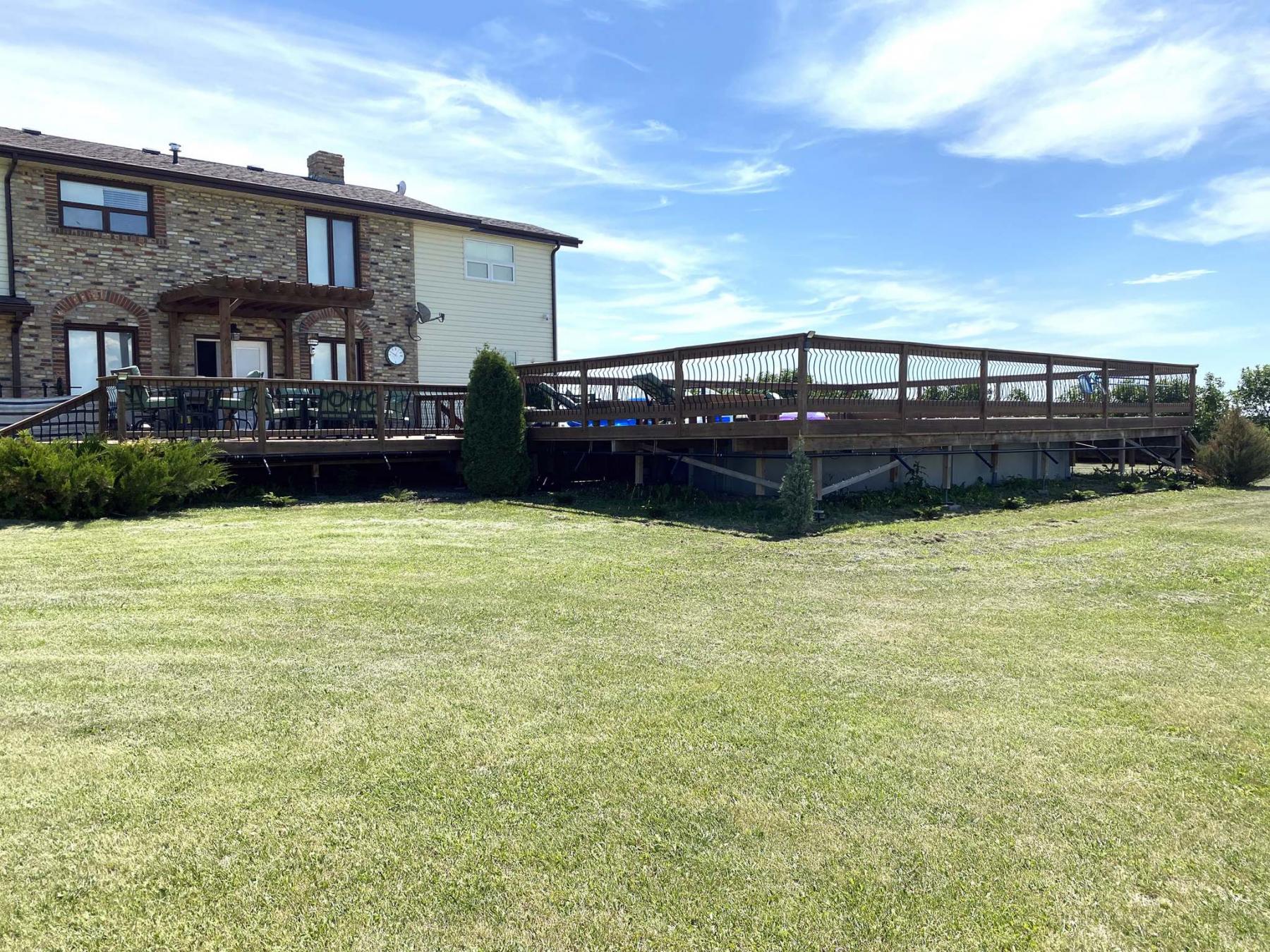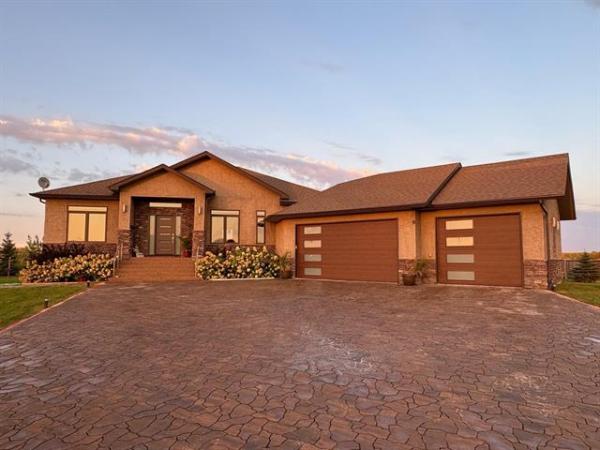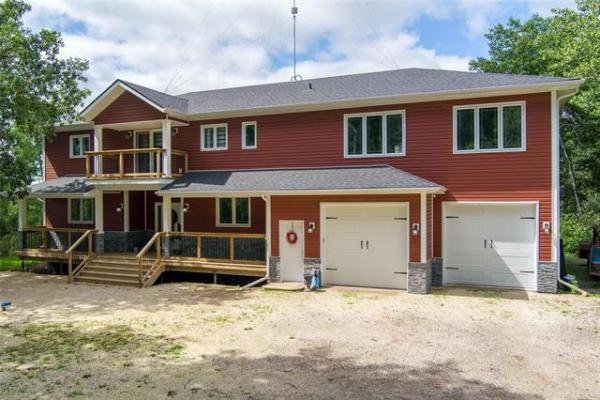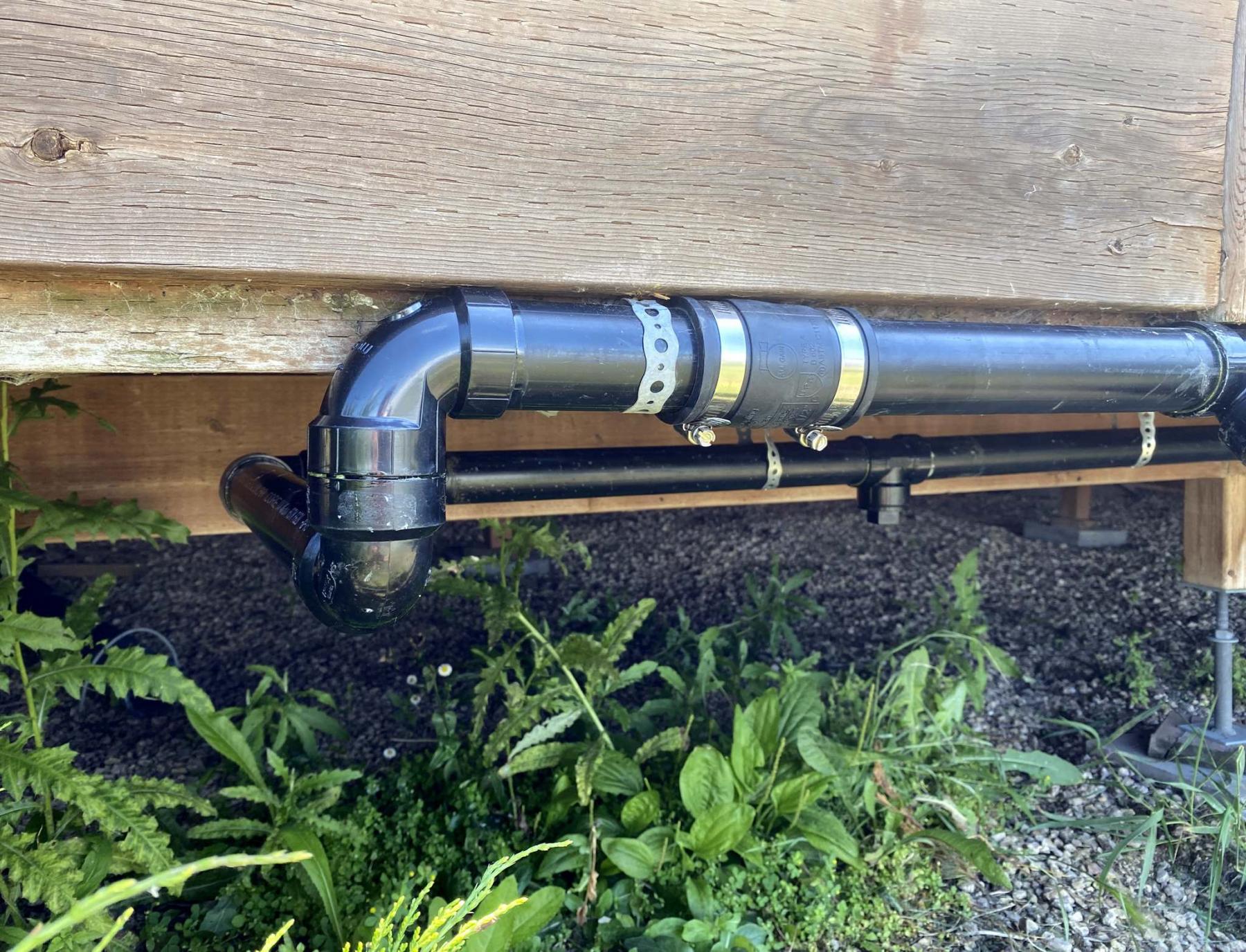
Once the engineered trap captures roughly one-and-a-quarter gallons of water, the flow follows the main line for 75 feet allowing the nine, 12-inch ejectors to fill completely, watering each evergreen with a tiny stream of water by adjusting the tilt using rubber couplers.
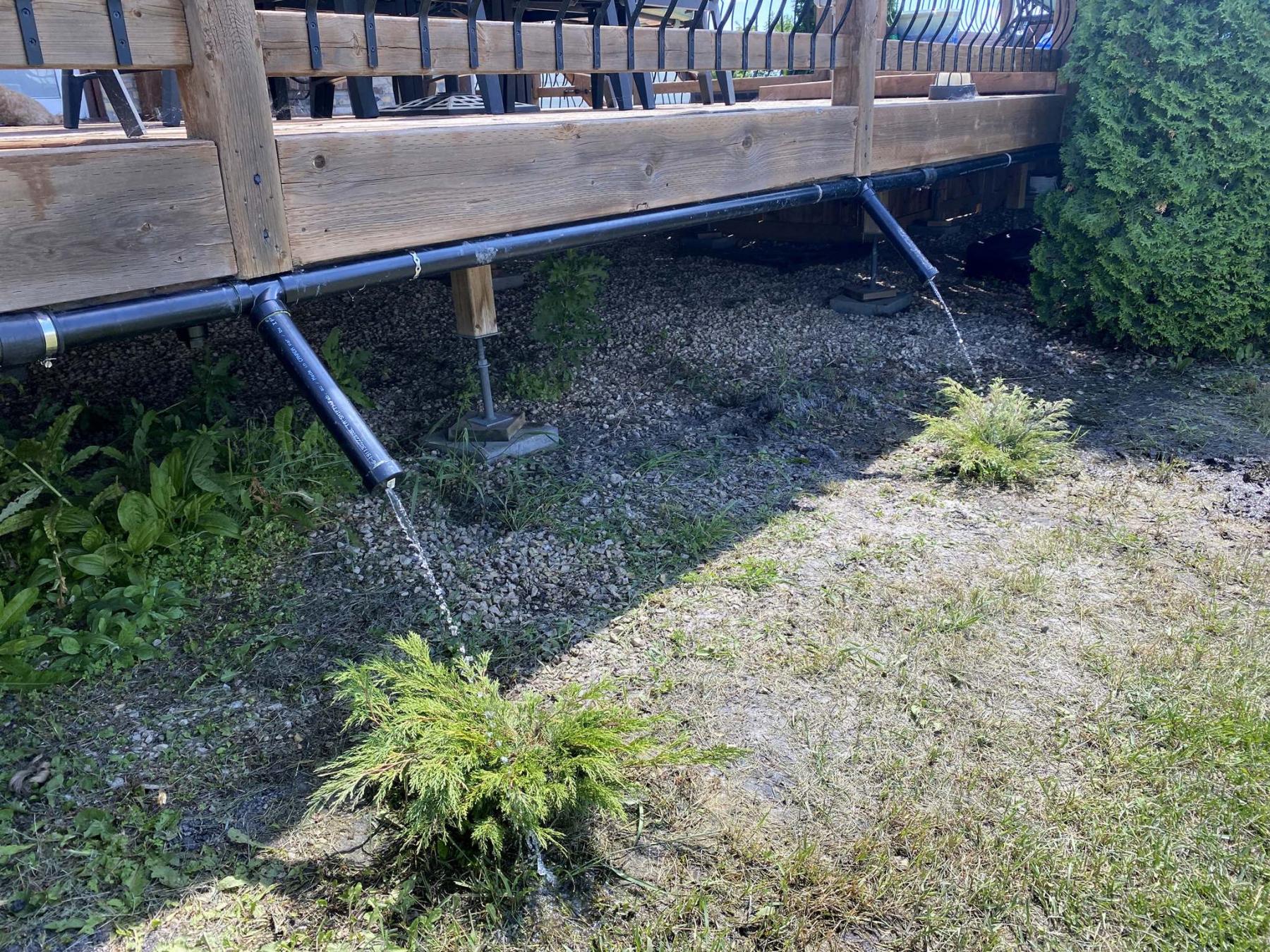
The ABS main line is glued together and secured to the underside of the deck while the ejector sections are grouped together and secured in-line with rubber couplers to allow for water stream tilt adjustments.
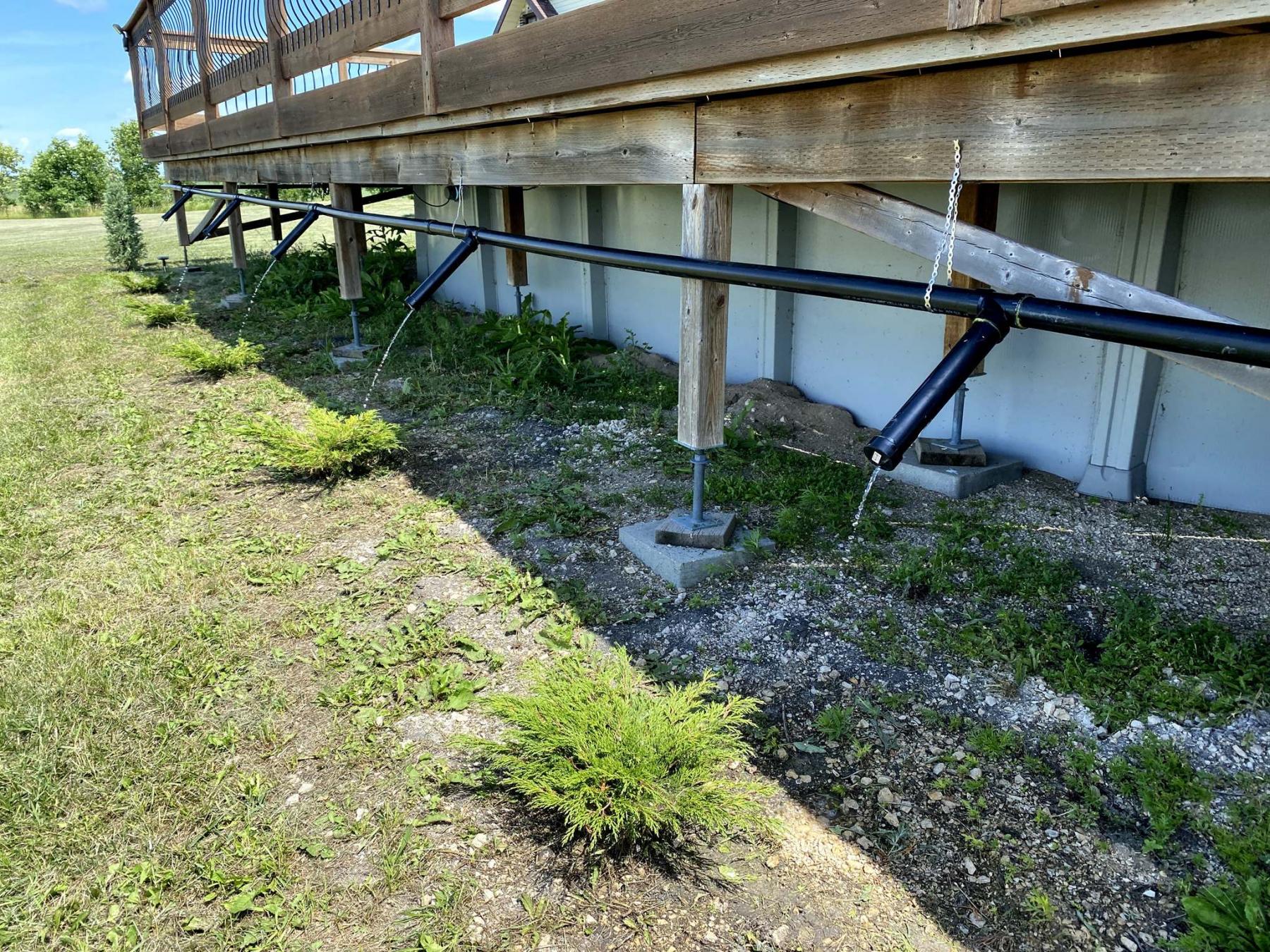
The final leg of the ABS main line has five ejectors, and is graded at a one inch descension over every three feet, and eventually evacuates into the yard below the pool’s solar panels.
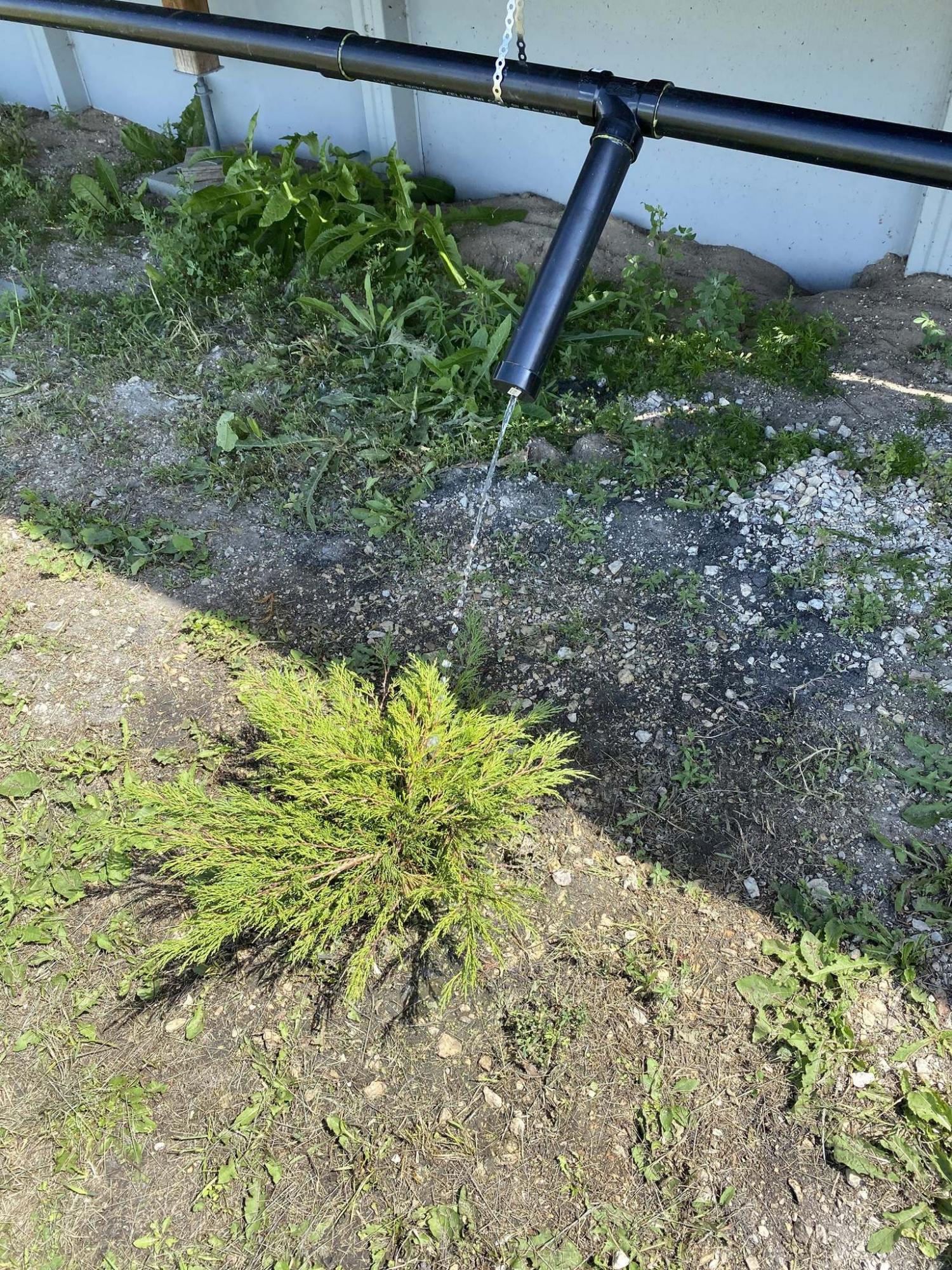
Each watering ejector comprises of a 12-inch section of ABS off a ‘T’ in the main line, with a cap at the end of each section. A tiny hole drilled into the cap restricts the water to a tiny stream allowing the excess water to reach each of the sections successively.
A while ago, and before the basement renovation was set to start on my property, a sump pump was installed to minimize the potential for water seepage into the basement through minute cracks along the concrete floor. For the most part, the usual trickles have been eliminated. However, another unforeseen issue has arisen in the yard.
As the water is ejected from the house through a one-and-a-half inch ABS outlet, which had directed to the far edge of the pool deck footprint, it was increasingly evident that the volume of water being ejected surpassed the ground’s ability to absorb the water in a timely fashion. As such, the area closest to the end of the ABS pipe would remain wet constantly, produced a tiny swampy area that encouraged mosquito breeding and caused ruts to occur each time the lawn was mowed. Most recently this spring, a 12-year-old juniper at that corner of the pool deck succumbed to the constant sump pump deluge, and subsequently needed to be replaced.
In an effort to stem the swamping, I moved the ABS pipe’s run to another location below the lower deck tier. Although the water pooled away from existing foliage, it became evident that no matter where the ABS terminated, the ground would never be able to soak up enough of the volume of water being ejected to prevent a tiny marsh from occurring. How could this issue be resolved, short of disengaging the sump pump?
While pondering the matter one night as I watered nine newly planted horizontal junipers below the rear deck’s outer perimeter, It dawned on me that my sump pump water is essentially excess groundwater collected from the weeping tiles below the basement’s concrete floor. Could I engineer a system that could evenly distribute this ground water to each of these evergreens, thereby eliminating the swamp issues cresting by all the water being ejected in just one location? It was an experiment worthy of trying.
Now, although this is not something conventional and may even be frowned upon, it is a project on my own property. Firstly, the average volume of water being ejected each time the sump pump was engaged was determined to be roughly five to six gallons. The overall run required to follow the perimeter of the decking above each of the nine horizontal junipers is about 100 feet. By calculating the total volume within the pipe along that distance multiplied by the radius squared times pi, and then converting it to gallons, the run requires nine gallons to fill the pipe. However, the objective is not to fill the pipe, but attempt to evenly distribute the majority of the available ejected water to each plant location. To manage this, 12-inch sections pointed downward were added in a ‘T’ above every juniper, and capped at the end. Once the main line was secured along the lower side of the deck at a slight grade, the idea is that each of these sections will, one by one, capture roughly one-tenth of a gallon of water as the water flowed along the main line. Tiny holes were drilled into the cap, releasing a small stream of water on each plant. Any excess water would eventually reach the new end of ABS which is now located below the pool’s solar panels on the far side of the pool deck. The entire run was glued together and secured to the underside of the deck at a descending grade of about one inch every three feet. Every grouped section of Ts above the evergreens was fitted in-line with rubber couplings, allowing tilt adjustments to better aim the stream of water to each plant.
Lastly, in order to promote every plant receiving water each time the sump pump is engaged, a long trap holding roughly one-and-a-quarter gallons was created just prior to the first plant ejector, to initiate a quicker spraying response to every ejector. This trap run also has a drain plug at the lowest point to evacuate the system prior to sump pump shutdown during the winter months. Once the first sump pump flow filled the engineered trap, the second revealed the desired results — one by one, each of the juniper ejectors sent a steady stream of water to every plant, until the main line was empty and each of the 12-inch sections slowly released the captured volume of water. No more swampy area, and my evergreens are now periodically being watered as if on a timer.
This project is not a conventional fix to disperse sump pump water. However, it was a fun experiment and turned out to be an elegant solution that seems to have remedied two separate issues. Every time the sump pump kicks on, I no longer worry about water pooling in a single area and creating a mosquito breeding ground. As for my newly planted horizontal junipers, they are thriving with all that extra watering.
BossEnterprise@outlook.com

